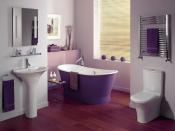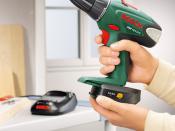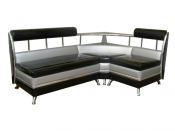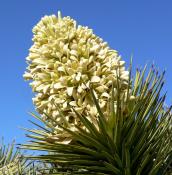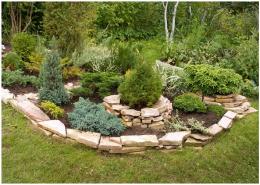Search
Login
Coniferous plants for the garden. Care, watering, feeding of conifers in the summer
The desire not to lose the decorativeness of the landscape garden in the autumn-winter period led to a more active use of evergreen conifers. Around the country houses and country cottages, you can observe plantations of juniper, spruce, pine or fir, cypress or metasequoia, arborvitae.
Content
- Varieties of conifers
- P ravila planting of conifers and care of seedlings
- Care for adult conifers video
- Propagation of conifers video
- Coniferous plant diseases
- How to use conifers in garden design video
Varieties of conifers
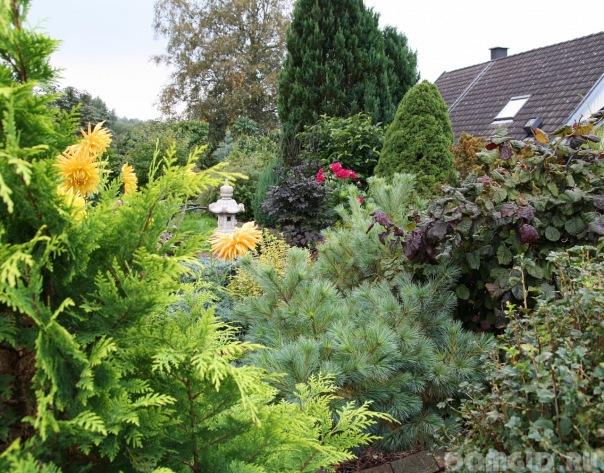
All conifers that are commonly used in landscape design can be divided into low and tall, heat-loving and frost-hardy, sun-loving and shade-tolerant. Naturally, before buying a seedling, you should get information about the preferred place for growing it and evaluate your ability to create conditions suitable for the plant.
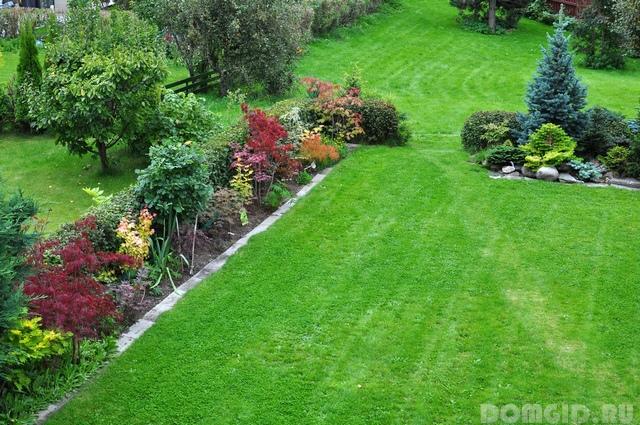
In a small garden, it is appropriate to plant undersized plants, they can be used as a frame for paths, for dyeing flower beds and flower beds. Tall conifers will serve as an excellent backdrop for compositions and groups of deciduous shrubs and trees. When choosing conifers, it should be borne in mind that adult conifers differ greatly in the shade of needles.
Rules for planting conifers and care for seedlings
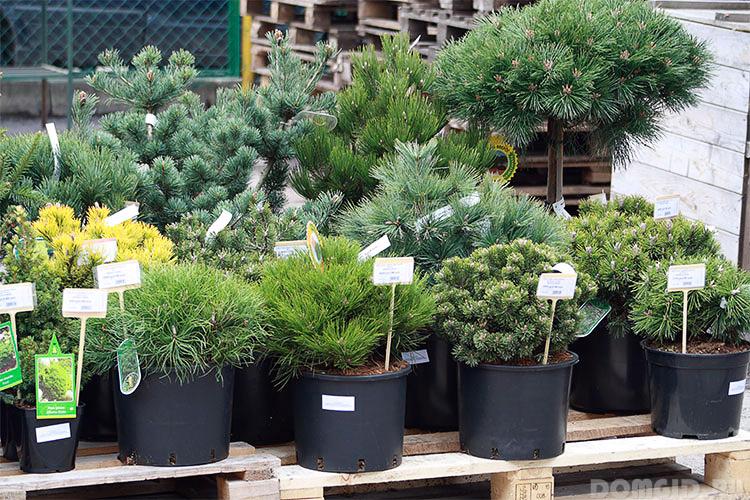
Choosing conifers for the garden, you will need to familiarize yourself with the main recommendations for planting them in detail. Seedling planting dates: for those that are purchased in containers throughout the season, for those that have an open root system - late autumn or early spring. The landing site is determined taking into account whether the plant is photophilous or prefers partial shade.
It is advisable to choose a site with a low occurrence of groundwater, if this is not possible, then a drainage system will have to be built on the existing site.
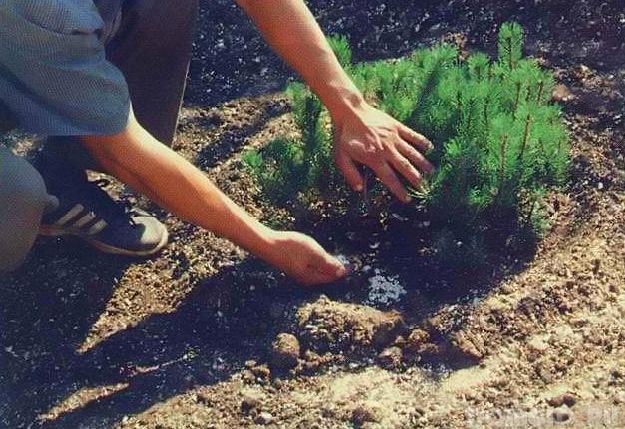
In areas well lit by the sun, larch and pine, spruce, juniper, thuja and fir grow well. They will feel no less comfortable in partial shade cast by a high fence or a group of heapy growing deciduous trees. Yews and tsugs can withstand severe shading, in nature they can grow under dense large trees.
In accordance with the size of the root system, a pit is dug at a selected place, peat, compost, sand, spruce needles are added to it.
When planting, remember that the root neck of a seedling should be above ground level. After planting a tree, it is abundantly watered; if the weather is dry, then it will be necessary to water the seedling daily for the first two weeks. Further irrigation is recommended to be done once every two weeks. The trunk zone of the plant is mulched with pieces of wood bark or slivers. Mulch will protect the earth from drying out, improve soil quality and make the garden composition itself more decorative.
To accelerate the growth and development of conifers, you can process Epin a couple of times during the summer.
For better preservation of the seedling, it should be prepared for wintering: water abundantly, wrap branches with agrofiber, pressing them to the trunk. Such a shelter will not allow snow and winds to break them off, with the beginning of spring it will protect from the bright sun and prevent excessive evaporation of moisture. This is very important at a time when the street is already relatively warm, and the soil has not yet thawed enough and does not allow the plant to replenish water and nutrients.
No matter what conifers you planted, you should not expect their rapid growth. First of all, the seedlings build up the root system, only then all the forces of the seedling will go to the development of the crown. The growth rate will depend on the plant variety and its species.
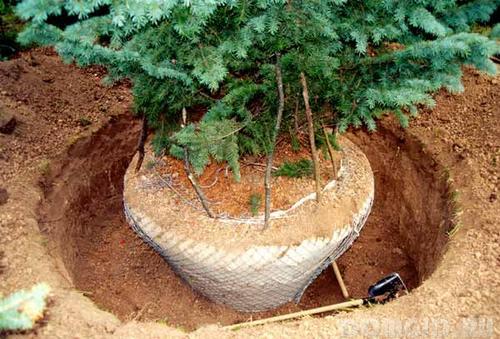
Coniferous crops are planted at such a distance that the crowns of adult trees do not interlace and do not interfere with each other's growth. The distance between large fast-growing trees should be at least 3-4 m, slowly growing - up to 3 m. Creeping and undersized conifers can be planted at a distance of half a meter.
Care of plants during the first and second year will consist of watering, sprinkling, weeding, shading in the spring, maintaining a layer of mulch.
Care for adult conifers
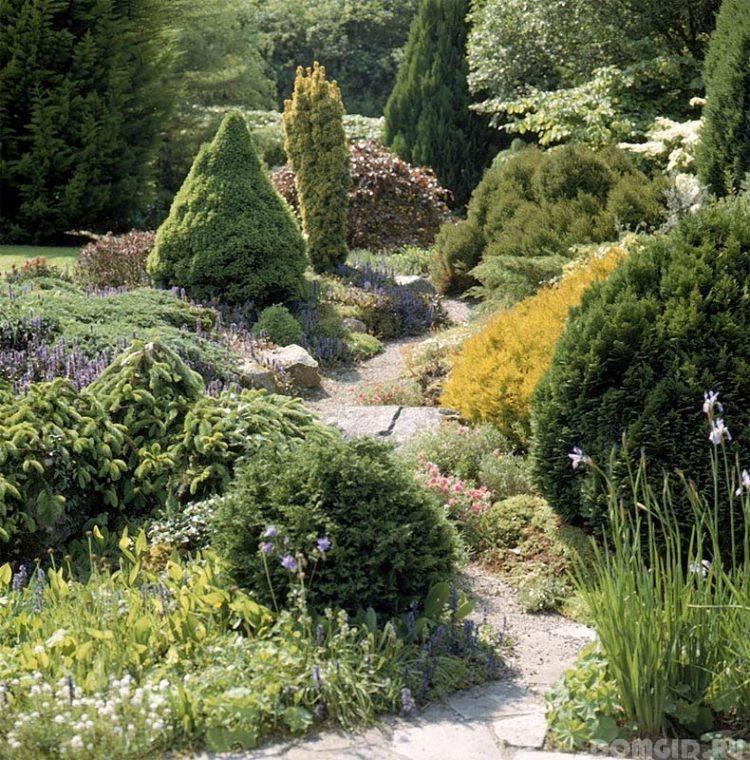
With seemingly at first glance adaptability to harsh climatic conditions, conifers need careful care and protection. Comfortable conditions for them suggest infrequent precipitation, but very high humidity. Therefore, if possible, coniferous plantings are planned near natural or artificial reservoirs. The trees growing near the water always have a fresh look and very bright needles; the threat of burning is very small.
For planting in dry soil, it is best to purchase Siberian microbiota and various types of juniper, mountain, white, black, ordinary pine, prickly or white spruce.
top dressing
You don’t have to show special soil care for decorative conifers: they do not like rich soils, they prefer loose and slightly acidic, moisture-resistant. Fertilizing conifers with manure or fertilizers with a high nitrogen content is not recommended. Excess nitrogen leads to a strong elongation of shoots and their weak ripening.
Top dressing should be done from the beginning of spring to mid-summer. You can use vermicompost and compost in the amount of 3-5 kg \u200b\u200bper square meter of area. Complex fertilizers for conifers should be purchased those that contain a greater amount of potassium and phosphorus. When feeding conifers, remember: it is better to introduce less fertilizer than to allow their excess.
a haircut
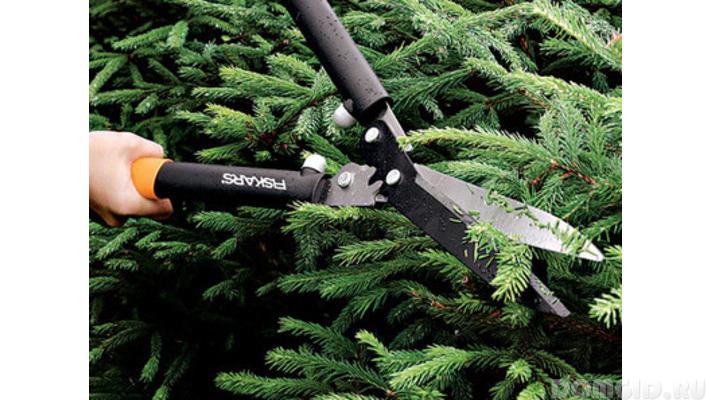
Care includes a haircut, during which all defective or frost-damaged branches are removed. You will need to destroy the crowns of very closely planted and already quite grown trees, or just very thickened crowns. Trim trees once a year when young branches grow. Cypress, yew, and juniper are sheared two to three times a season: in spring, then in early July and in August. Strongly pruning branches is not recommended - the unnatural shape of the crown protects plants worse and it can suffer from frost and wind. It will also require the removal of a less developed second crown of trees.
watering
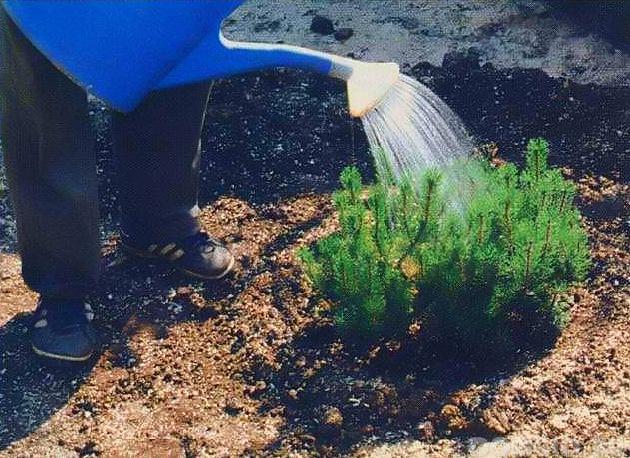
Watering in most cases requires young growth. It is recommended to carry it out in the morning, watering is done infrequently, in the fall they should be more plentiful. This will prevent the threat of death in the winter. With age, trees become stronger and survive dry periods in summer and wintering well: their roots germinate in the ground for many meters and do an excellent job of supplying the plant with moisture and nutrients.
mulching
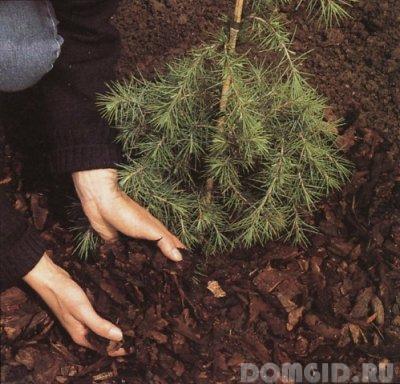
We have already mentioned the mulching of the soil when planting seedlings. Mulch will not interfere with adult conifers. It smooths out sudden changes in air temperature, does not allow moisture to evaporate, and inhibits the growth of weeds. Under the mulch, the soil structure improves, because earthworms are actively bred in it. Mulch is laid in a layer of 4-5 cm, using sawdust, wood chips or bark for it. A good alternative to mulching can be the landing of ground cover species.
preparation for wintering
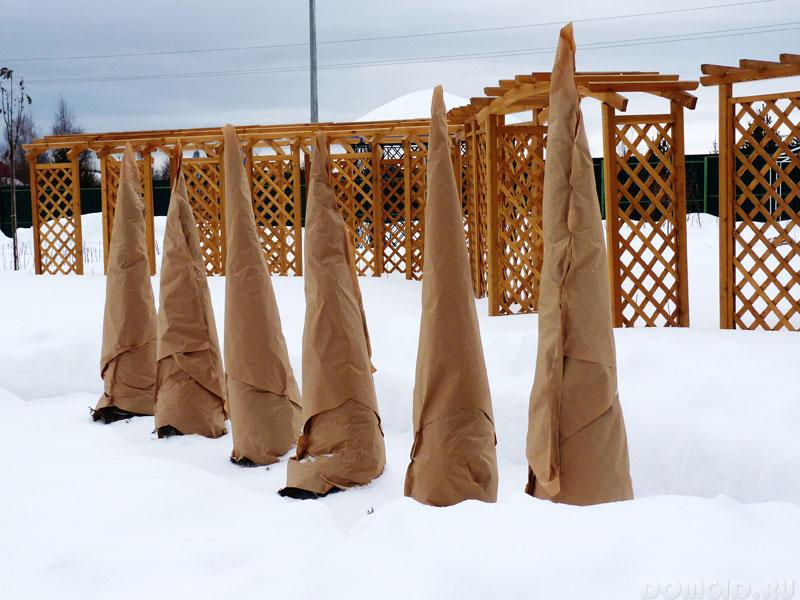
Preparation for wintering of adult spruces, pines, arborvitae, larch, fir is not required if there was enough moisture in the soil at the end of summer or early autumn. Some of the species of these plants can easily withstand very low temperatures. It is not recommended to build shelter for them in the winter: in case of frequent thaws, it can provoke fungal diseases.
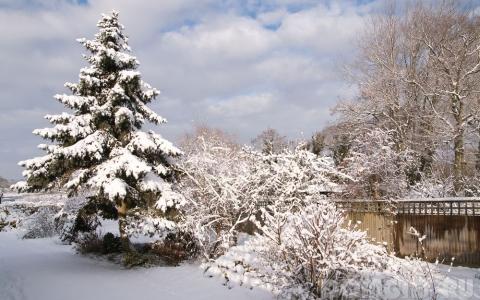
Even the not very hardy cultivars tolerate a cold winter, provided that there is snow shelter. Plants that are planted in containers during the cold weather should be cleaned in a well-lit room with an air temperature of about + 5 degrees.
Large amounts of snow can threaten plants with faults. To avoid this, you need to periodically shake off the snow from the branches, and vertically growing trees are better to initially tie up with twine.
Propagation of conifers
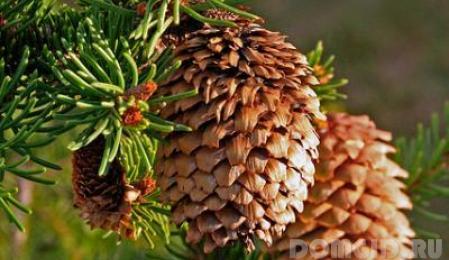
Coniferous plants are propagated in different ways, depending on their type. Pine, for example, can only be propagated by seeds, while junipers, cypresses, thuja, some species of spruce and tsug are very easy to propagate by cuttings.
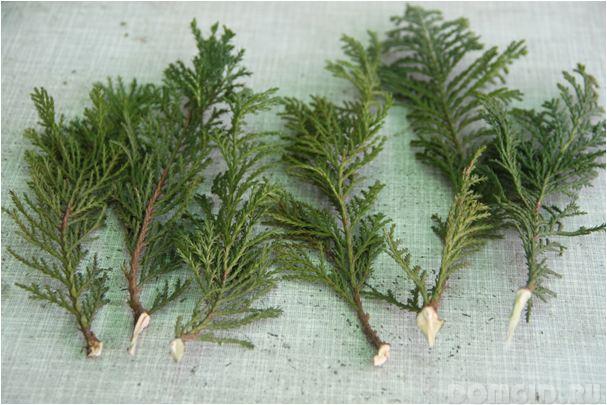
Of the seeds, in most cases, stock is grown, on which varietal forms are subsequently inoculated. In order to maintain the grade, the vaccine is given to plants of the corresponding or close species.
Coniferous plant diseases
Winters with frequent thaws often provoke the development of fungal diseases on conifers. Signs of which is a change in the color of needles to darker and its dying. The disease can cause the death of branches. When buying, you should choose seedlings of varieties resistant to disease. If there is still a fungal infection, you can resort to treating plants with fungicides.
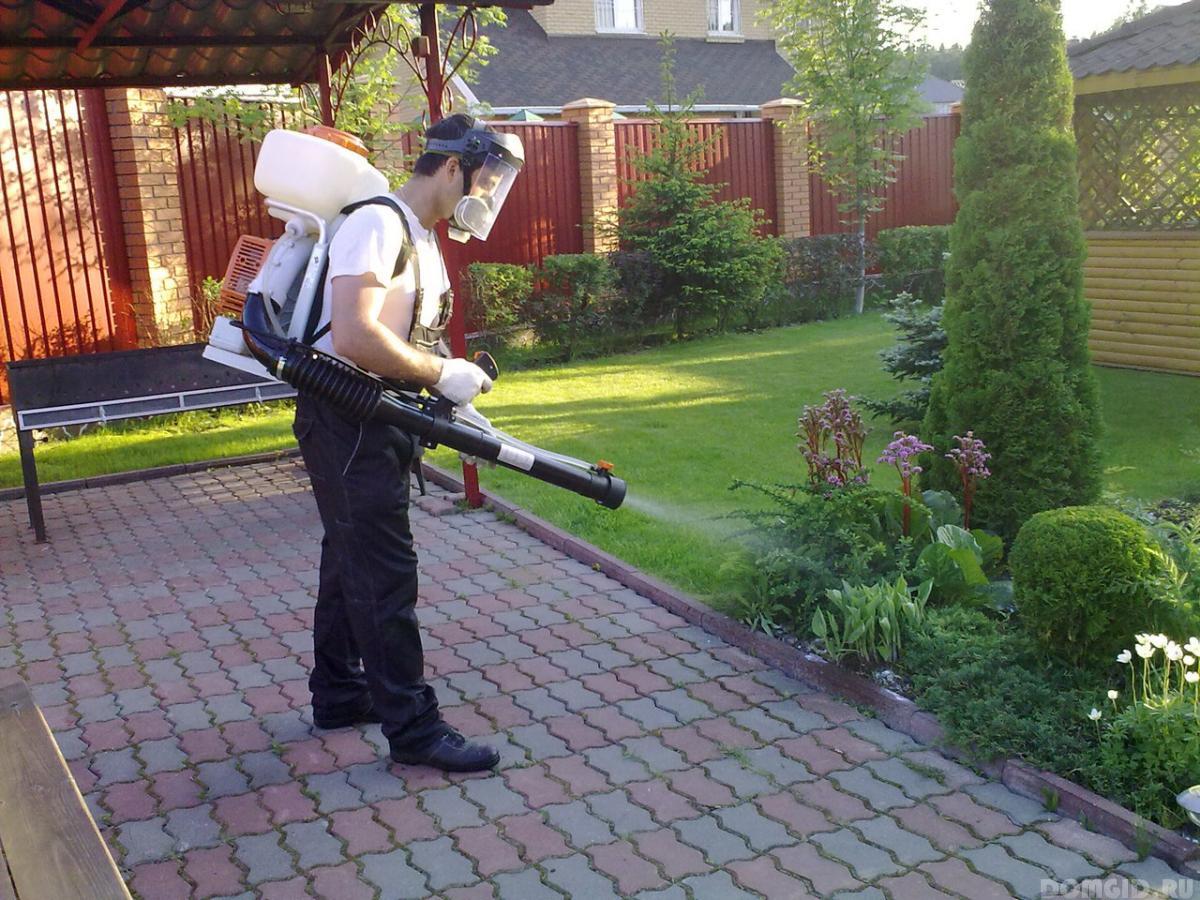
On conifers, yellowed needles can often be observed. This phenomenon can be observed as a result of hypothermia of the plant, or a large loss of moisture in early spring. There is nothing wrong with that, with the arrival of stable warm weather and with good watering, the plants will restore their natural color.
The second reason may be an insufficient amount of magnesium in the soil. Correct the situation by introducing a special mineral composition to restore the color of the needles.
If, after leaving the wintering season, the needles on the trees look unhealthy, then it should be treated alternately with solutions of Gumisol, Epin-zircon, Immunocytovit in accordance with the instructions of the drug.
How to use conifers in garden design
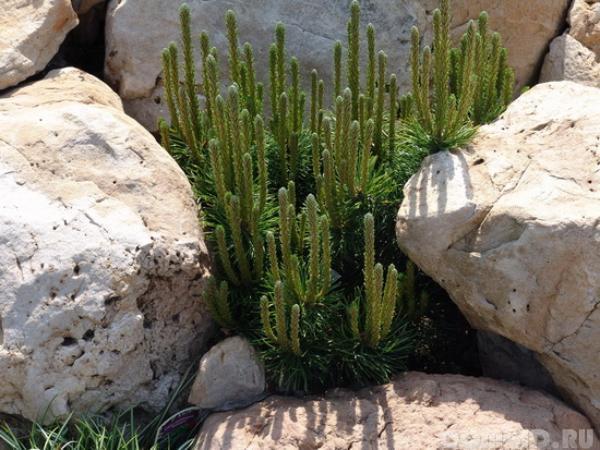
Since there are many conifers that can be used to create a garden design, they have found demand in very diverse styles: avant-garde and classic, regular and landscape. The garden in which magnificent large pines or spruces, or vice versa, dwarf, creeping evergreens, looks original and unique.
Conifers look attractive and fresh throughout the year, their various forms: ground cover and weeping, spherical and creeping allow you to admire the beauty of all shades of green, from white and bluish to rich green.
Large plants are used in group compositions and in a single planting. Juniper, thuja, dwarf spruce - ideal for hedges. Plants with compact crowns are used to create mixborders and rockeries, for the latter you can also use low creeping conifers. By planting columnar and pyramidal plants, emphasis is placed on the corners of garden paths; the banks of ponds adorn thickets of bushy conifers.
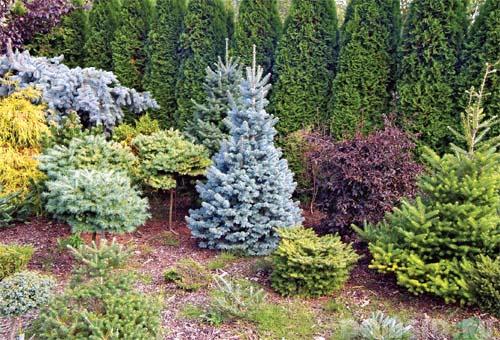
Planting conifers on the site also contributes to the creation of a microclimate useful for humans: coniferous plants secrete a large number of phytoncides and largely purify the air from pathogens.
